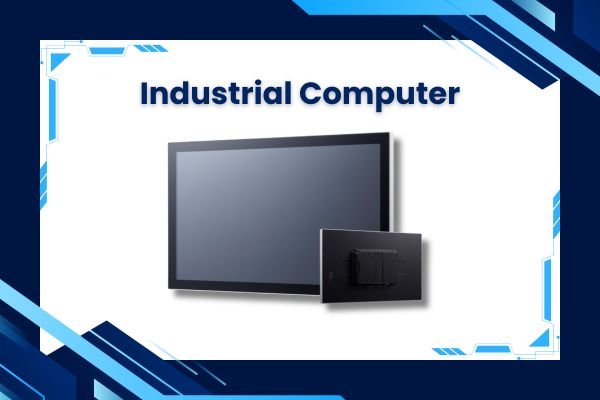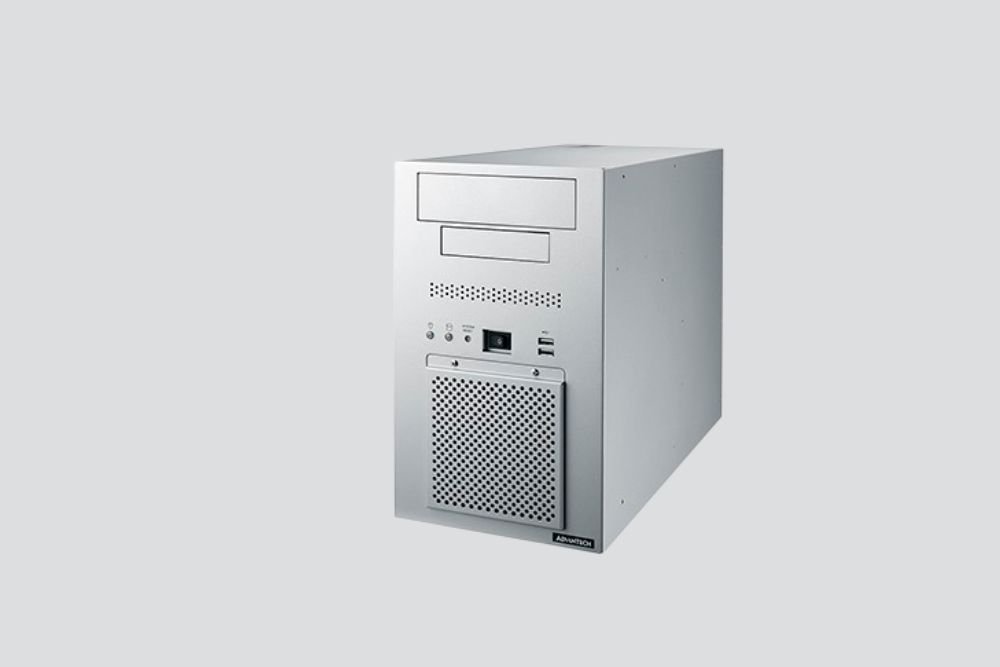In the ever-evolving world of healthcare, technology plays a Vital role in improving patient care and streamlining medical processes. One key player in this technological revolution is embedded computer systems. But what exactly are embedded systems, and how are they transforming healthcare? Let’s dive in!
What Are Embedded Computer Systems?
Embedded computer systems are specialized computing devices designed to perform dedicated functions within a larger system. Unlike General-purpose computers may execute a range of programs, whereas embedded systems are designed for specific functions. For example, an industrial computer used in medical devices is optimized for reliability and precision, distinguishing it from a normal PC. Think of embedded systems as the “brain” within medical devices and equipment, working behind the scenes to ensure everything runs smoothly.
Applications of Embedded Computer Systems in Healthcare
1. Medical Devices
Embedded systems are the heartbeat of many life-saving medical devices. For example:
- Pacemakers: These tiny devices, implanted in the chest, use embedded systems to regulate heartbeats, ensuring they stay within a healthy rhythm.
- Insulin Pumps: These pumps deliver precise amounts of insulin to diabetic patients, controlled by embedded systems that adjust dosages based on real-time blood sugar levels.
2. Diagnostic Equipment
In diagnostic equipment, embedded systems enhance accuracy and efficiency:
- MRI Machines: These machines use embedded systems to control the imaging process, producing detailed images of the body’s internal structures.
- Ultrasound Devices: Embedded systems in ultrasounds help generate real-time images, aiding in accurate diagnoses.
3. Wearable Health Devices
Wearable health devices, like smartwatches and fitness trackers, are packed with embedded systems:
- Smartwatches: They monitor heart rate, track physical activity, and even provide alerts for irregularities, thanks to embedded systems that analyze health data in real time.
- Fitness Trackers: These devices keep an eye on your daily activity levels and sleep patterns, helping you stay on top of your health goals.
4. Healthcare Management Systems
Embedded systems also streamline healthcare management:
- Electronic Health Records (EHRs): These digital records are managed by embedded systems, making it easier for healthcare providers to access and update patient information efficiently.
- Telemedicine Systems: Embedded systems support telemedicine platforms, enabling remote consultations and continuous care without the need for physical visits.
Benefits of Embedded Computer Systems in Healthcare
1. Improved Patient Outcomes
With real-time monitoring and immediate responses, embedded systems can significantly enhance patient care. For instance, continuous monitoring devices can alert healthcare providers to any critical changes in a patient’s condition, allowing for swift intervention.
2. Enhanced Precision and Accuracy
Embedded systems help ensure medical devices and diagnostic equipment provide precise and accurate results. Advanced algorithms and sensors enable detailed analyses, reducing the chances of errors in treatment and diagnosis.
3. Increased Efficiency
By automating tasks and streamlining processes, embedded systems make healthcare operations more efficient. This means quicker diagnostics, faster treatment, and less time spent on manual processes.
4. Cost-Effectiveness
Although the initial investment in embedded systems can be high, they often lead to long-term savings by improving patient outcomes and reducing healthcare costs. Early intervention and accurate diagnoses can prevent costly complications and treatments.
Challenges and Considerations
1. Data Security and Privacy
With the increasing use of embedded systems, protecting sensitive health information is crucial. Ensuring robust data security measures are in place helps safeguard patient privacy and maintain trust in healthcare systems.
2. System Reliability and Safety
For embedded systems in healthcare, reliability and safety are paramount. These systems must perform consistently and safely, as failures can directly impact patient health. Regular maintenance and updates are essential to ensure they function correctly.
3. Integration with Existing Systems
Integrating new embedded technologies into current healthcare infrastructure can be tricky. Ensuring compatibility and smooth interoperability between different systems is necessary for seamless operation and data sharing.
Future Trends and Innovations
1. Advancements in Technology
The future of embedded systems in healthcare is bright, with exciting advancements on the horizon. Integration with artificial intelligence (AI) and machine learning is expected to enhance the capabilities of these systems, offering even more sophisticated diagnostics and treatment options.
2. Potential Impact on Healthcare
As technology continues to evolve, embedded systems will play a pivotal role in shaping the future of healthcare. From improving patient outcomes to revolutionizing diagnostic methods, their impact is set to grow, leading to more personalized and effective healthcare solutions.
3. Industrial Computers in Healthcare
You might wonder, what is an industrial computer and how does it fit into this picture? Industrial computers, often used in critical systems like medical devices, are built for durability and reliability under harsh conditions. Unlike standard PCs, they are designed to handle specific tasks with high precision and consistency. This makes them ideal for healthcare applications where accuracy and dependability are crucial.
Conclusion
Embedded computer systems are revolutionizing healthcare by enhancing medical devices, improving diagnostics, and streamlining healthcare management. As technology advances, these systems will continue to play a crucial role in providing better patient care and transforming the healthcare landscape. Companies like Global Infotech Solutions are at the forefront, providing cutting-edge solutions and partnering with the best industrial computer manufacturers to push the boundaries of what’s possible. Embracing these innovations not only benefits patients but also paves the way for a more efficient and effective healthcare system.






